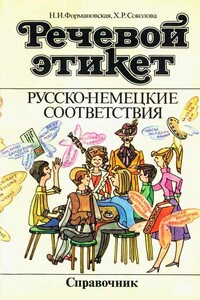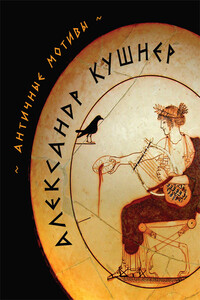Alternating current - alternating current generator, A.C. resistance, a-c /А.С., a.c., ас/ meter, polyphase ac.
Kind of current, current strength, current intensity, decrease of current, increase of current, direction of current, direction of current flow, path of current /current path/, eddy current; to carry current, to consume current,to pass a current through, the current passes through, to deliver current. The current lags the voltage by 30 degrees. The current leads the voltage by 30 degrees.
,33. /20 ми.ы./ Прочтите и постарайтесь понять содержание следующего текста. Продумайте ответы на вопросы.
1. In what branch of physics did G.R.Kirchhoff do much pioneering >vork?-2. What did he contribute to electrical engineering?
3. What does the figure 4 represent? 4. What does each symbol stand for? 5. What does his current law state?
Ktrekhoffs Current Law
Gustav Robert Kirchhoff /1824-1887/ did much pioneering work in the physics of light & heat, but one of his contributions to electrical engineering is his analysis of current behavior at junction in an electrical network & potential rises & drops around a closed path in an electrical system. Fig.4 represents a junction in a network into which currents I,, I>2 & I>4 are flowing. Each symbol stands Tor a certain number of amperes,& the direction of flow of each current is in the direction of its arrow. That is I, represents flow into junction, & should we write - I for this particular junction it would mean current flow opposite to the arrow direction. Kirchhoff’s current law states that the sum of all electric currents flowing to & from junction is zero. When we write^an equation based on this law, we are obliged to use a minus 6jgn when we deal with a current flowing away from the junction, as represented by the arrow associated with the 1>3 symbol on the diagram. Therefore for this junction we write: I>|+I>2-I>3+I>4-I>5=0
Задания на расширение лексико-грамматического материала основного текста
39. /12 мин./ Парная работа. Поделитесь своим знанием следующих вопросов; 1. Первое наблюдение над электричеством. 2. Взгляды на атом в прошлые, века и в наше время. 3. Первое практическое применение явлений магнетизма китайцами. 4. Открытие Гильберта и практическое применение его принципов. 5.
Магнит, магнетизм и магнитные материала! 6. Открытия Франклина и предположения Бора об атоме. 7. Открытие Ома и практическое значение его закона. 8. Опредление э.д.с. и разности потенциалов. 9. Суть закона Ленца. 10. Первый закон Киргоффа.
|
| Fig. 4. Currents at junction in a network. |
40. /15 мин./ Смоделируйте занятие кружка физики с преподаванием на английском языке. Постарайтесь привлечь “учеников” к активному обсуждению темы “Основы электричества”.
41. /5 мин./ Постарайтесь понять содержание следующих предложений. Определите значение слова “charge” в каждом из них.
1. The battery has been charged for about 20 hours. 2. It was stated that the charging current had been high. 3. Modern battery chargers are easily to handle. 4. If a battery is discharged at a higher rate than normal, its capacity decreases. 5. The nucleus of an atom carries a positive charge. 6. A storagebattery may berecharged. 7. The electron carries a negative charge. 8. The nucleus of an atom is positively charged.
42. /12 мин./ Зафиксируйте время начала и окончания вы->4 полнения задания, а) Ознакомьтесь с текстом с целью понять его общее содержание.
Ohm’s Law & Resistance
1. The free electrons which contribute to the electric current have a low drift velocity in the negative direction of the field within the conductor.
2. In moving through the metal in a common general direction they enter into frequent collisions with the molecules of the metal, & as a consequence they are continually retarded in their forward motion & are not able to attain a velocity greater than axertain terminal velocity U, which depends on the value of the field & the nature of the substance.
3. The collisions which tend to reduce the drift velocity of the electrons act as a retarding force.



